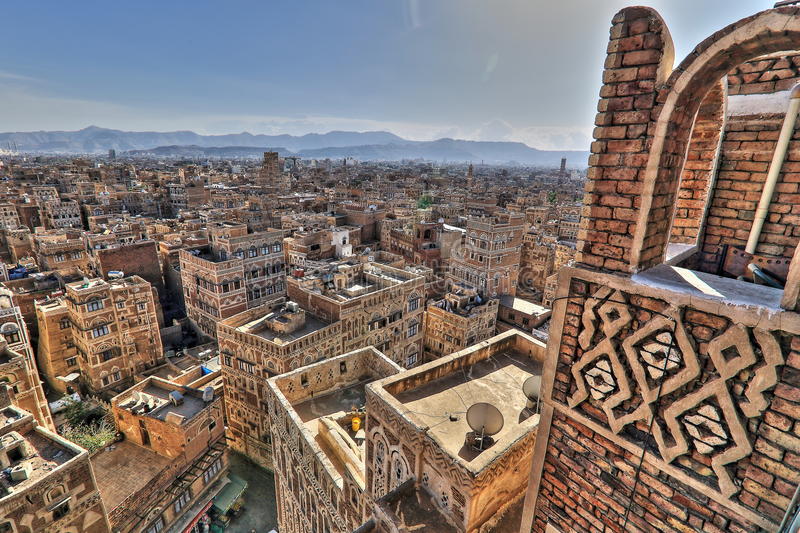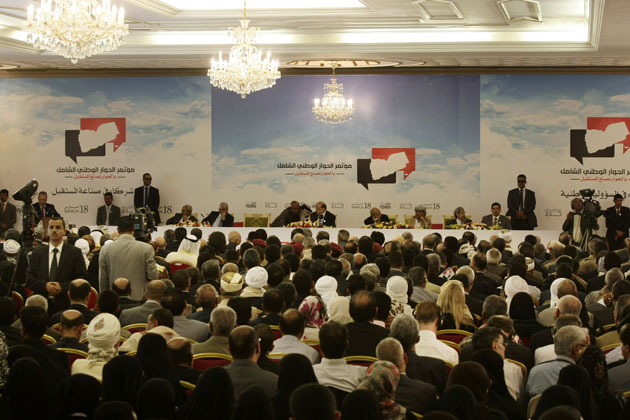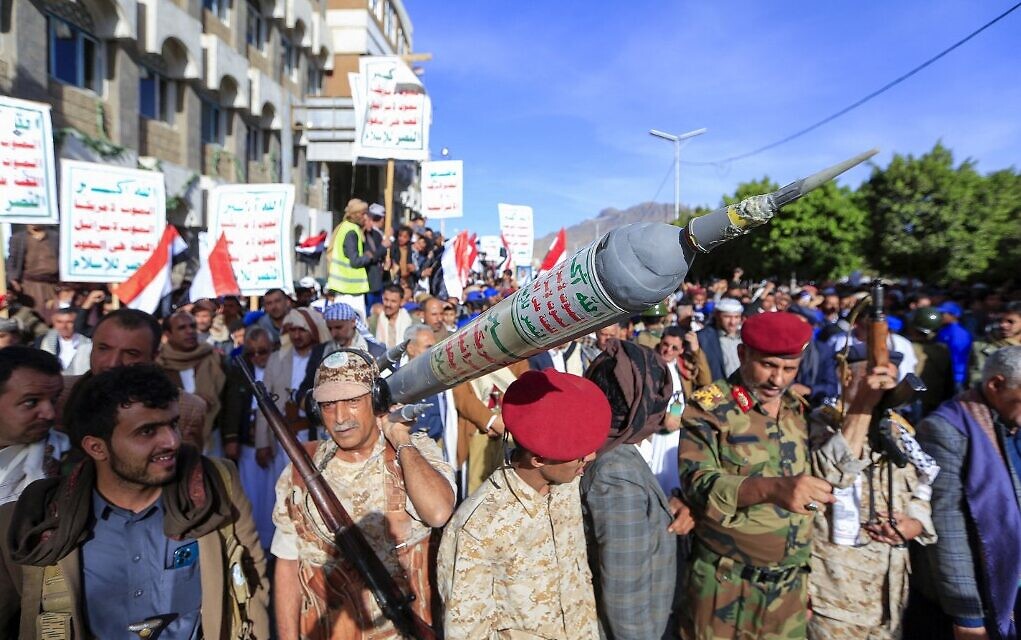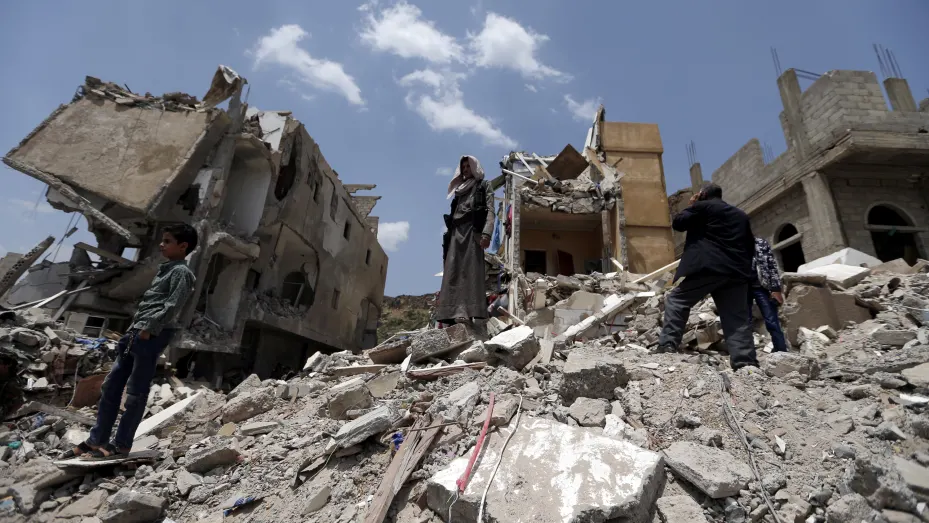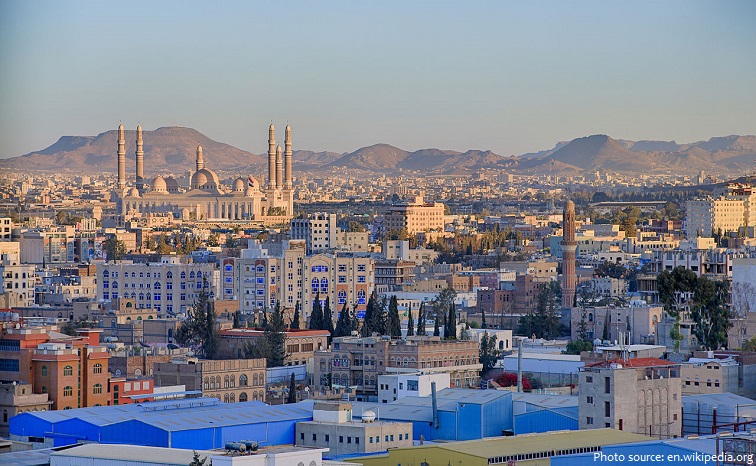The modern day Republic of Yemen was formed in 1990, when the former Yemen Arab Republic (YAR), based in Sana’a and known as ‘North Yemen,’ united with the former People’s Democratic Republic of Yemen (PDRY), based in Aden and known as ‘South Yemen.’ In 1994, a brief but violent civil war broke out between the two capitals after the southern leader of the unity government, and former General Secretary of the Socialist Party of Yemen, Ali Salem al-Beidh, attempted to pull out of the unity pact. Pro-unity forces won the civil war and enforced unification.
Prior to the 1990 unification, North and South Yemen were relatively new states, having emerged from revolutionary wars in the 1960s. On September 26, 1962, Yemeni military officers overthrew the Sana’a-based theocratic kingdom, known as an Imamate, and declared the formation of a republic. After six years of civil war, Egyptian-backed “republicans” defeated the Saudi-backed “royalists” and established the first modern Yemeni state. At around the same time, on November 30, 1967, southern forces declared independence from British colonial rule following a four-year conflict and formed the PDRY, the first and only Socialist state in the Arab world.
In 1978, Ali Abdullah Saleh became president of YAR. Saleh remained president (of Yemen Arab Republic and then the Republic of Yemen) for 33 years, until his resignation in the wake of the 2011 Arab Spring uprisings.
In February 2012, Saleh transferred power to his longtime deputy Abd Rabbo Mansour Hadi as part of a political deal brokered by the Gulf Cooperation Council (GCC) and endorsed by the UN. The post-Arab Spring political transition envisioned two years of institutional reforms, a National Dialogue Conference (NDC) to address national grievances and the drafting of a new constitution, culminating in national elections. The outcomes of the NDC, issued in 2014, mapped out a revamped state including a federal system of governance, which was rejected by some of the factions of the Southern Movement. The Houthis signed off on the NDC document and accepted a draft constitution that was written afterward. However, throughout the political transition, the Houthis expanded militarily from their stronghold in Sa’ada governorate, taking advantage of the sharp polarization of the political elite during the transitional process and the fragility of the army's institutions during its restructuring as part of the GCC initiative. In September 2014, Houthi forces allied with tribal and military forces loyal to former President Saleh and stormed the capital Sana’a. By January 2015 they had placed President Hadi under house arrest. He escaped in February and fled to the southern port city of Aden.
In March 2015, Houthi-Saleh forces accelerated their expansion to the east, west and south out of Sana’a, with the aim of taking over key cities, such as Taiz and Aden, and strategic oil and gas facilities in Marib and Shabwa governorates. Later that month, on March 26, six months after the Houthis stormed Sana’a, a Saudi-led coalition of Arab states launched a military campaign, “Operation Decisive Storm,” to roll back the advances of Houthi-Saleh forces and restore Hadi to power.
Get to know Yemen in-depth by following this page
